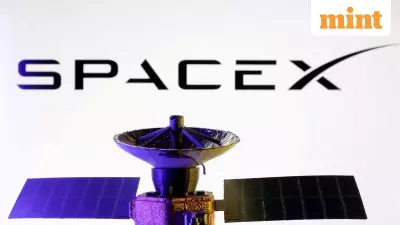
In the sweltering summer of 1957, as Delhi awaited the monsoon's relief, a remarkable scientific drama unfolded in the skies above the capital. This was India's pioneering venture into cloud seeding—an ambitious American-backed experiment that promised to squeeze rain from reluctant clouds.
The American Monsoon Mission
Months before the experiment, American meteorologists had been meticulously studying Delhi's weather patterns. The project, backed by the US Weather Bureau and the Travelers Insurance Company, represented cutting-edge atmospheric science of the era. At the heart of this mission was Dr. Bernard Vonnegut, whose silver iodide generators would become the tools for this sky-altering endeavor.
Silver Bullets for Thirsty Clouds
The science behind this audacious attempt was both simple and revolutionary. Aircraft would disperse silver iodide crystals into promising clouds, providing the necessary nuclei for water vapor to condense around. The theory suggested this would accelerate the natural rain-making process, potentially yielding additional rainfall where nature might have provided less.
The Delhi Laboratory
Safdarjung Airport became the operations hub, with meteorologists working round-the-clock to identify suitable cloud formations. The team needed specific conditions—clouds with the right moisture content, temperature, and altitude. When perfect candidates appeared, aircraft would race to seed them before the opportunity vanished.
Monsoon Drama and Scientific Scrutiny
The experiment unfolded during Delhi's actual monsoon season, creating a fascinating scientific challenge. How could researchers distinguish between natural rainfall and their artificially induced precipitation? The team employed careful monitoring and control areas to measure their success, but the question of definitive proof remained elusive.
A Legacy in the Clouds
While the 1957 experiment didn't revolutionize rainfall in Delhi, it marked a significant milestone in India's engagement with weather modification technologies. The knowledge gained would influence subsequent cloud seeding efforts across the country and contribute to global understanding of atmospheric science.
Today, as climate change and water scarcity become increasingly pressing issues, this nearly forgotten chapter of scientific history reminds us of humanity's enduring attempt to harmonize with nature's most fundamental forces. The Delhi cloud seeding experiment stands as a testament to both scientific ambition and the complex, unpredictable nature of the atmosphere we seek to understand.





